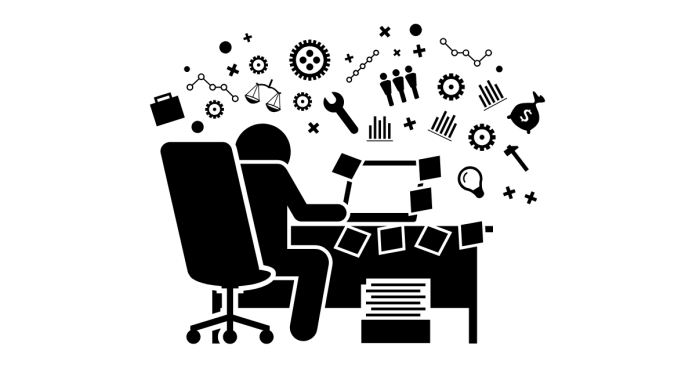A computer is a complex machine designed to perform various tasks by processing data. It works by receiving input, processing the data, storing information, and then providing output. Here’s a breakdown of the basic functions and components that make a computer work:
Key Components of a Computer:
- Central Processing Unit (CPU): Often referred to as the “brain” of the computer, the CPU processes instructions and performs calculations. It is responsible for executing most commands.
- Memory (RAM): Random Access Memory (RAM) is temporary storage used by the CPU to store data that is actively being used. The more RAM a computer has, the more data it can handle at once.
- Storage (Hard Drive/SSD): This is where data and programs are stored permanently (or until deleted). The hard drive or Solid-State Drive (SSD) holds the operating system, software, documents, and files.
- Input Devices: Devices like the keyboard, mouse, microphone, and scanner allow the user to input data into the computer.
- Output Devices: Devices like the monitor, printer, and speakers allow the computer to output data for the user to see or hear.
- Motherboard: The motherboard is the main circuit board that connects all of the computer’s components and allows communication between them.
- Power Supply Unit (PSU): This converts electrical power from an outlet into a usable form for the computer’s components.
How the Computer Works:
- Input: The first step in a computer’s operation is receiving input from the user. This could be anything from typing on a keyboard, clicking a mouse, or touching a screen. Input data is sent to the CPU for processing.
- Processing: Once the input is received, the CPU performs the necessary operations based on the instructions given. The CPU retrieves these instructions from the computer’s memory (RAM) and executes them. This process involves:
- Arithmetic Operations: Basic calculations like addition, subtraction, etc.
- Logic Operations: Decisions, such as comparing values or performing conditional operations.
- Control Operations: Directing data flow and executing specific tasks.
For example, when you click on an icon to open a program, the CPU processes the instruction to load the program into memory and displays it on the screen.
- Storage: While the CPU is processing data, it may need to retrieve or save information to long-term storage. This could include opening a file from the hard drive, saving new data, or writing temporary data to memory.
- Hard Drive/SSD stores data persistently.
- RAM holds temporary data that is actively being worked on.
- Output: After processing data, the computer needs to communicate the results to the user. This is done through output devices. For example:
- Text or graphics displayed on a monitor.
- Sound played through speakers.
- A printed document from a printer.
- Feedback Loop: Based on the output, the user may choose to input new commands, creating a continuous cycle of processing, input, and output.
Step-by-Step Example of How a Computer Works:
Let’s consider the example of opening a program:
- User Input: You click on an icon for a program (e.g., a word processor) on the desktop.
- Processing:
- The CPU receives the instruction to open the program.
- The CPU checks the operating system (OS) to find the location of the program and loads it into memory (RAM).
- The CPU executes the necessary code to initialize the program.
- Storage: If the program requires any files or data (e.g., a document), the CPU retrieves them from the hard drive or SSD and loads them into memory.
- Output: The program interface appears on the screen (via the monitor), and you can interact with it.
- Feedback: As you type or make changes, the CPU processes your input, saves data to RAM or storage, and updates the screen accordingly.
The Basic Operation Cycle:
A computer’s basic operation cycle can be summarized as Input → Process → Storage → Output → Feedback. This cycle repeats itself rapidly, allowing the computer to perform a wide range of tasks.
The Role of Software:
While hardware components (like the CPU and memory) perform physical tasks, software is the set of instructions that tells the computer how to perform specific tasks. The operating system (e.g., Windows, macOS, Linux) and applications (e.g., browsers, word processors) are types of software that enable the computer to function.
- Operating System (OS): Manages hardware resources, provides a user interface, and allows applications to run.
- Applications: Software programs that allow the user to perform specific tasks, such as writing documents or browsing the internet.
Conclusion:
In summary, a computer works by taking input from the user, processing that information in the CPU, temporarily storing data in memory, saving it to permanent storage if needed, and providing output to the user through various devices. This process happens rapidly, which makes computers effective tools for a wide range of tasks.
Would you like to know more about any specific part of how a computer works or how particular components function?



